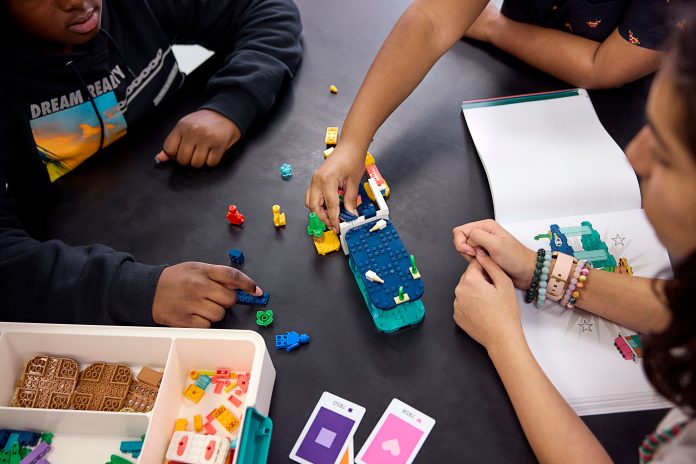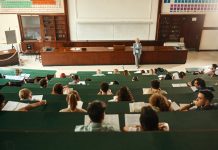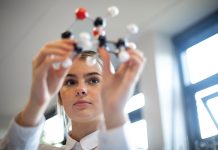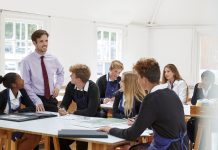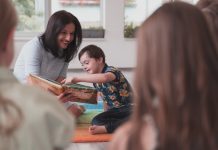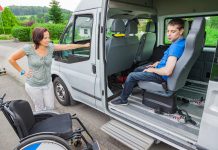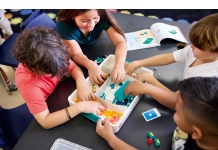Education has the potential to foster curiosity and empower future scientists through engaging hands-on learning, proven to positively impact students and teachers. This interview explores the vision, development, and potential of LEGO® Education Science, featuring insights from Bo Stjerne Thomsen, Head of Education Impact at LEGO Education
In the interview, Bo Stjerne Thomsen shares the guiding principles behind the solution, the specific skills it aims to develop, and the support provided to educators for seamless classroom integration.
Q: To begin, could you briefly introduce LEGO Education and talk a bit about its history, research partners, and the evidence behind the development process?
LEGO Education is a dedicated part of the LEGO Group, inspiring and developing children and students through hands-on playful experiences. What might be less known is that LEGO Education has been directly influencing children’s learning through hands-on materials for 45 years now. Our core belief is in the power of joyful learning to keep students engaged and equip them with the skills needed to navigate their future and pursue exciting careers. We collaborate closely with educators and innovators to develop hands-on materials combined with engaging activities and lessons that align with market needs and educational standards. Our unique aim is to transform learning so that every student can succeed.
LEGO Education has always been rooted in a research-based approach to learning, inspired by the principles of constructionism — the idea that children learn best when they can physically explore and express ideas using hands-on, meaningful materials. We’ve worked closely with leading academic institutions around the world and regularly engage with research partners through co-creation workshops, classroom testing, and ongoing feedback loops to better understand and enhance the impact of our tools on students and educators globally.
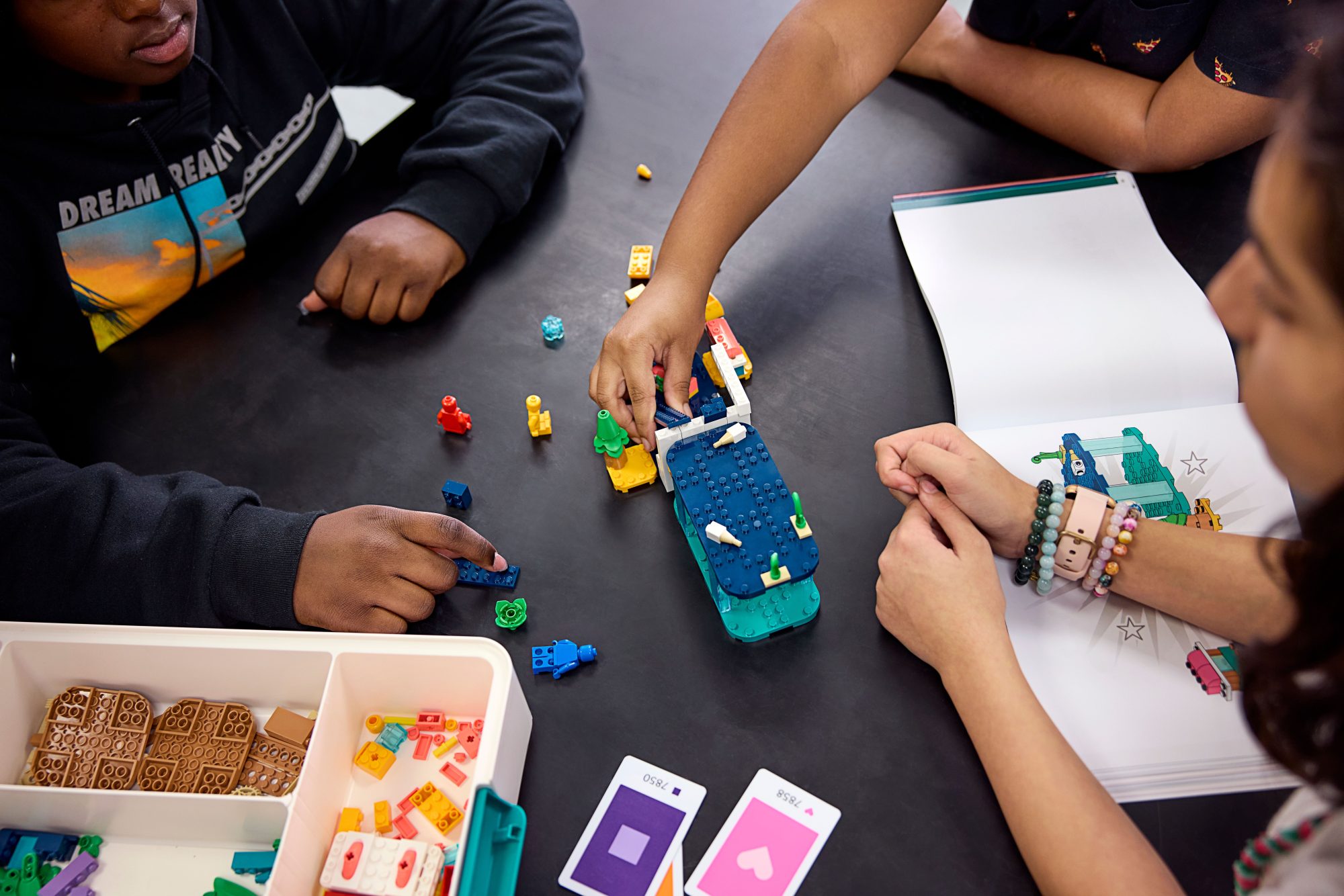
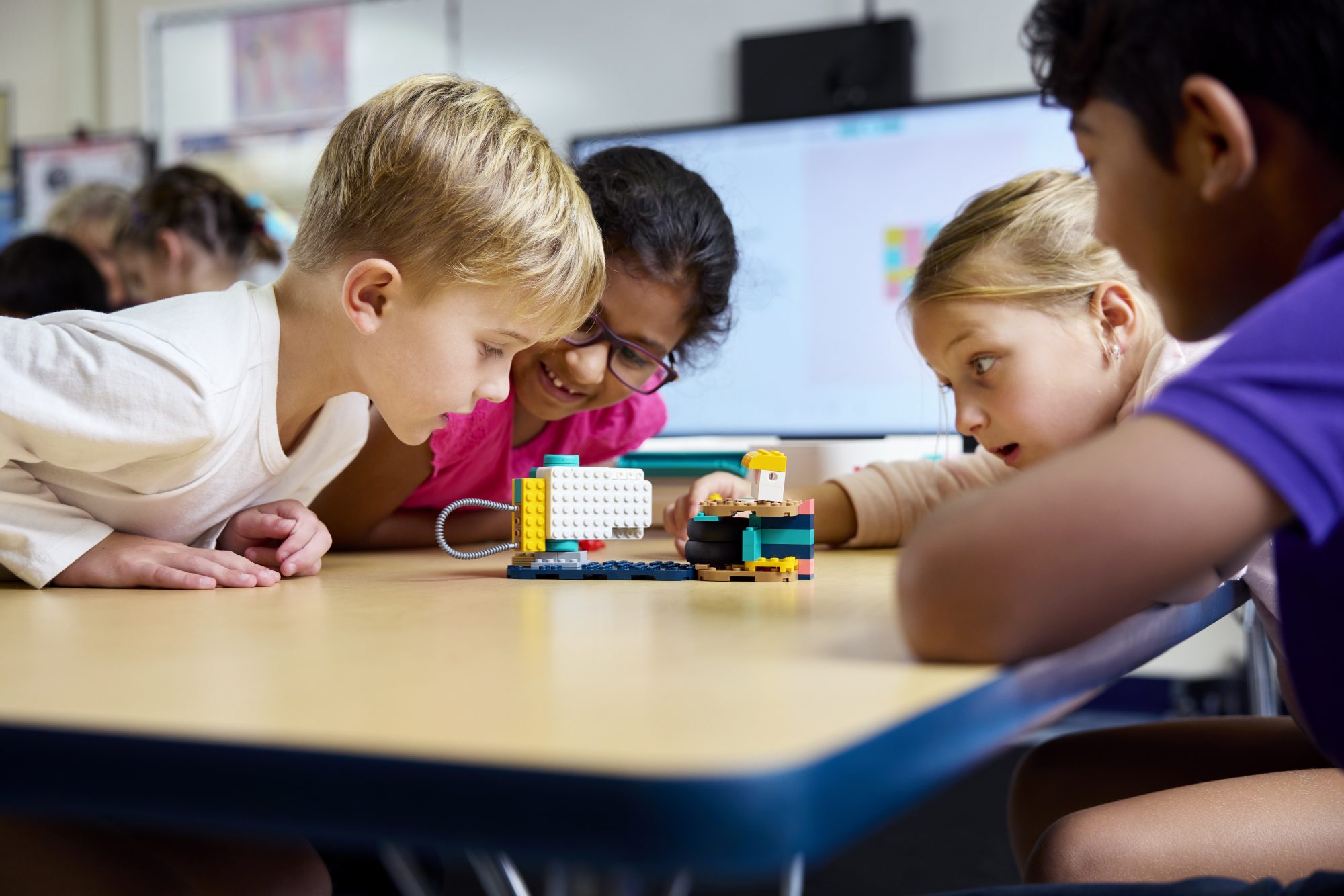
Q: Could you describe the core vision behind the development of this new project and how it addresses the evolving needs of science education?
Our core vision remains centred on providing students and educators with engaging and joyful learning experiences. This goes beyond simply understanding science topics; it’s about fostering creativity, critical thinking, and collaboration throughout the learning process. Our research highlighted a significant challenge: many students don’t feel that science is “for them,” despite its fundamental importance. This is concerning because science, by its very nature, lends itself to hands-on exploration and fuels natural curiosity. Young children are inherently curious, testing and experimenting with the world around them, but this excitement often diminishes over time. We see a critical need to reignite that active engagement in science.
Furthermore, we recognise the global shift in educational policy towards emphasising not only scientific knowledge, but also crucial skills like creativity and critical thinking. Educators themselves acknowledge science as a natural gateway for developing these broader skills. Therefore, our vision for LEGO Education Science is to create a powerful synergy: deeply engaging students in a vital subject like science, fostering essential 21st-century skills, and leveraging the inherent benefits of hands-on learning. This combination is at the heart of our approach.
Q: What specific scientific concepts and skills are these new solutions designed to cultivate in students, and how do they align with current educational standards?
Our primary focus is to address educational standards effectively. We’ve designed our newest product with 120 lessons covering life science, physical science, earth science, and engineering. Whether it’s exploring genetics in life science, investigating environmental science principles, or conducting physical experiments, we start with the standards, learning objectives, and desired outcomes. We then design engaging classroom activities where children collaborate and generate multiple ideas to practice these outcomes.
We understand that educational standards vary across countries. We have local subject matter experts and reseller partners who possess a deep understanding of the current state of science education and its future direction. This allows us to map our solutions onto local standards and support curriculum implementation effectively. Our approach is to design for the standards in a way that is inherently engaging and nurtures students’ curiosity.
Uniquely, our methodology involves a guided inquiry-based approach using hands-on materials. Teachers introduce a topic through an open-ended and relevant question to spark student interest. Then, children collaborate in groups to explore concepts – for example, in physical science, they might build models to understand material properties like strength and weakness, or in life science, they explore examples of how plants grow and evolve. Following this, they conduct their own experiments, often developing novel ideas for how to test their understanding, and finally presenting their suggestions for alignment to lesson objective. This open-ended approach has proven highly impactful in boosting engagement, knowledge acquisition, and skill development.
Q: In what ways do these LEGO Education Science solutions leverage hands-on, play-based learning to enhance student engagement and understanding of scientific principles?
Science is inherently a hands-on discipline involving experiments and the manipulation of materials. What educators often tell us is that managing the diverse range of materials needed to teach different standards can be overwhelming. Our solutions aim to address this by providing carefully selected materials that are easy to integrate into teaching processes within a typical 45-minute classroom session. These materials are also designed for reusability across multiple standards, reducing the need for new resources for every lesson. Crucially, our solutions empower students with agency and choice in how they practice scientific concepts.
The materials we select are specifically chosen to support the learning outcome of a particular topic. For instance, if we’re focusing on earth science and the concept of land and water environments, we provide specific LEGO elements that allow children to build and explore these environments, discuss their characteristics, and understand their formation. In physical science, when exploring physical properties, we offer various ways to simulate how a bridge behaves under different conditions, for example. Our process involves developing and selecting hands-on materials precisely aligned with the learning objective, and we provide comprehensive support to educators to facilitate this process effectively.
Q: What kind of professional development and support resources are provided to educators to ensure they can effectively implement these science solutions in their classrooms?
This is a critical question, as our research indicates that a significant majority of educators (73%) don’t feel fully equipped to teach science, and half of administrators are unsure if their current resources are being used effectively1. To address this, we’ve focused on two key areas. Firstly, we’ve designed the materials to have a very low entry barrier for teachers, boosting their confidence in using hands-on materials and facilitating creativity and collaboration. With each set of hands-on materials, educators receive an online classroom presentation. This presentation includes engaging slides that directly address students, guiding them through the topic, supporting collaboration, and facilitating reflection and evaluation at the end of the lesson. Essentially, teachers receive ready-to-use classroom materials straight out of the box.
Secondly, we offer professional development opportunities tailored to different markets. In the US, we provide our own professional development focused on facilitating classroom interactions and collaboration. While teachers possess content knowledge, our focus is on equipping them with the right tools to get started easily and effectively guide student interactions. These are often hands-on sessions. In international markets, we work through our local resellers – partners who deeply understand the local context and teachers’ educational backgrounds. We certify teacher trainers from these local partners who then deliver professional development based on specific regional needs.
Our goal is to build confidence for all educators on how to effectively teach science using hands-on materials, with additional support provided based on the market. We also ensure local relevance through the way we adapt our materials for different regions.
Q: How do these solutions cater to diverse learning styles and abilities, ensuring inclusivity and accessibility for all students?
Ensuring inclusivity and accessibility for all students is paramount to LEGO Education’s vision of equipping every student to learn.
When developing our science solutions, we adhere to guidelines based on both playful learning principles and Universal Design for Learning (UDL) principles. This ensures that our materials are accessible and inclusive. For example, the careful selection of colours and the diverse range of LEGO elements with varying complexity allow all students to engage and contribute simultaneously. While there are opportunities for more advanced model-building for students who wish to explore further, the initial entry point is designed to be accessible to everyone.
We’ve conducted extensive testing with children from diverse backgrounds in various countries. These insights helped iterate our product design, such as incorporating progress bars in online presentations to help students track their progress. The language used is child-centric, and the way we utilise timers and articulate instructions is all part of our commitment to creating a solution that supports every student. Furthermore, we currently collaborate with a diverse group of external experts in accessibility who review our solutions and provide ongoing advice and improvements as we observe their implementation in classrooms and as they are scaled more broadly.
Q: Can you share any early feedback or success stories from educators and students who have already used these new LEGO Education Science solutions?
LEGO Education Science will start shipping in August, and we’ll start to see it implemented in classrooms from then. However, over 3,000 students in over 100 classrooms have already tested the solution during development, making it the most well-researched and tested learning solution in the history of LEGO Education.
I vividly recall an interview with a group of children after a testing session. When asked what was special about this type of science education compared to their usual lessons, one girl thoughtfully replied that it was the first time she felt truly invited to participate in science. Our approach ensures that every child has the opportunity to learn with materials, try out activities, and contribute their ideas. This contrasts with classrooms where some students might dominate experiments while others merely observe or follow along. The feeling of being invited to participate was a powerful indicator for me that we have something special with LEGO Education Science.
Q: Looking ahead, what are the future plans for the development and expansion of LEGO Education Science solutions, and what research will you be doing when the project is in the market?
Right now we are looking forward to seeing LEGO Education Science in classrooms around the world once it starts shipping in August. As the new product is being introduced to the market, we are actively gathering feedback from students, educators and administrators. Our priority is to gather insights from real-world implementation at scale, building upon the extensive research we’ve already conducted.
Research and evidence are fundamental to our approach, we consistently test for collaboration, engagement, and creativity. On the horizon, we will also be conducting case studies, where we will follow educators over several months to observe the impact of the solutions across multiple lessons. We are also planning efficacy studies, which will involve comparative analyses to determine the impact of our solutions compared to existing or traditional science teaching methods.
Governments and educators around the world are seeking effective ways to increase student engagement in core domains like science. We believe there is an opportunity to reignite student curiosity and support educators by demonstrating how hands-on experiences impact learning outcomes and increase creativity, collaboration and critical thinking, while creating a joyful learning environment for students and educators.
LEGO Education Science is the result of decades of research, collaboration with educators, and extensive classroom testing. Designed to support diverse learners and aligned to core educational standards, it offers a powerful way to engage students in science through hands-on learning. With availability starting in August 2025, we encourage Ministries of Education and government leaders to explore pilot opportunities or begin a dialogue with us on how LEGO Education Science can support science learning in classrooms across your region: www.legoeducation.com
Reference:
- Source: State of Classroom Engagement: Science Edition, LEGO® Education, https://education.lego.com/en-gb/science-engagement-report/


